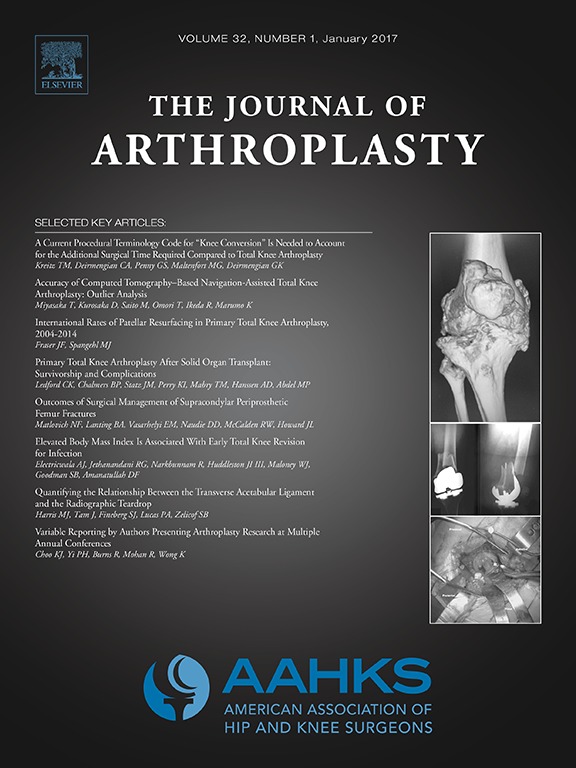
Arthroplasty
Similar 5-yr clinicoradiographic outcome between posterior- and condylar-stabilized implants in TKA
J Arthroplasty. 2018 May;33(5):1384-1388113 patients scheduled for total knee arthroplasty were randomized to either a posterior-stabilized (PS)or a cruciate-sacrificing (CS), anterior lipped tibial insert. Patients were followed up for 5 years for results related to knee function, range of motion, mechanical sensations, radiolucency and component loosening. Results demonstrated no significant differences between groups in patient-reported scores at 5 years and no cases of radiolucency or loosening in either group. The only significant difference between groups observed was a lower incidence of mechanical sensations within the first year of surgery in the CS group.
Unlock the full article
Get unlimited access to OrthoEvidence with a free trial
Start TrialCritical appraisals of the latest, high-impact randomized controlled trials and systematic reviews in orthopaedics
Access to OrthoEvidence podcast content, including collaborations with the Journal of Bone and Joint Surgery, interviews with internationally recognized surgeons, and roundtable discussions on orthopaedic news and topics
Subscription to The Pulse, a twice-weekly evidence-based newsletter designed to help you make better clinical decisions
Exclusive access to original content articles, including in-house systematic reviews, and articles on health research methods and hot orthopaedic topics
Or continue reading this full article
Register Now

Subscribe to "The Pulse"
Evidence-Based Orthopaedics direct to your inbox.




































